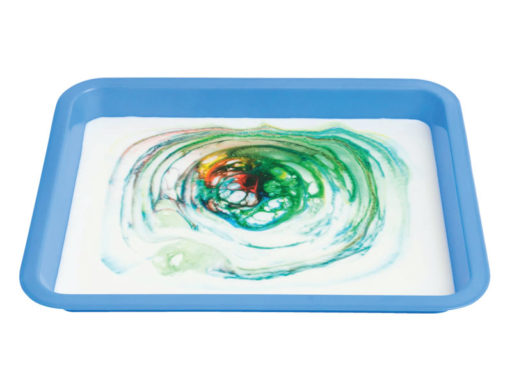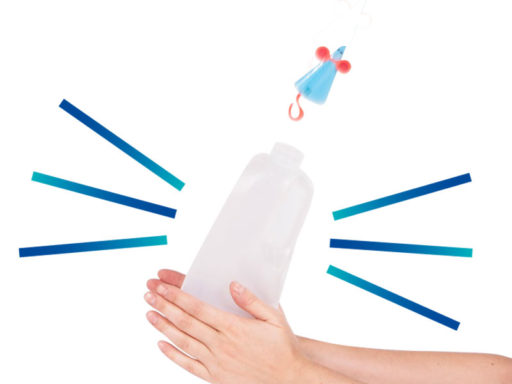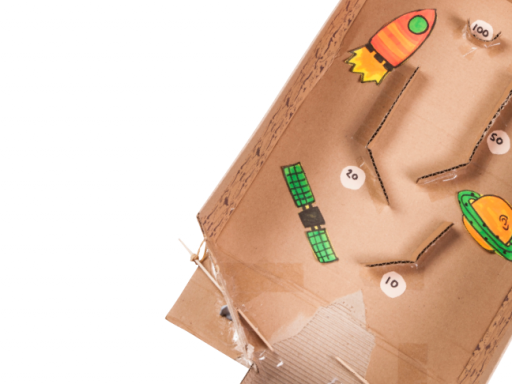A paper plane, glider or helicopter falls to the ground much more slowly and more gracefully than a scrunched-up piece of paper – as the designs in this activity show. It’s all thanks to the forces generated by air pressing on and moving over the surface of the paper.
Printable downloads
Follow these steps…
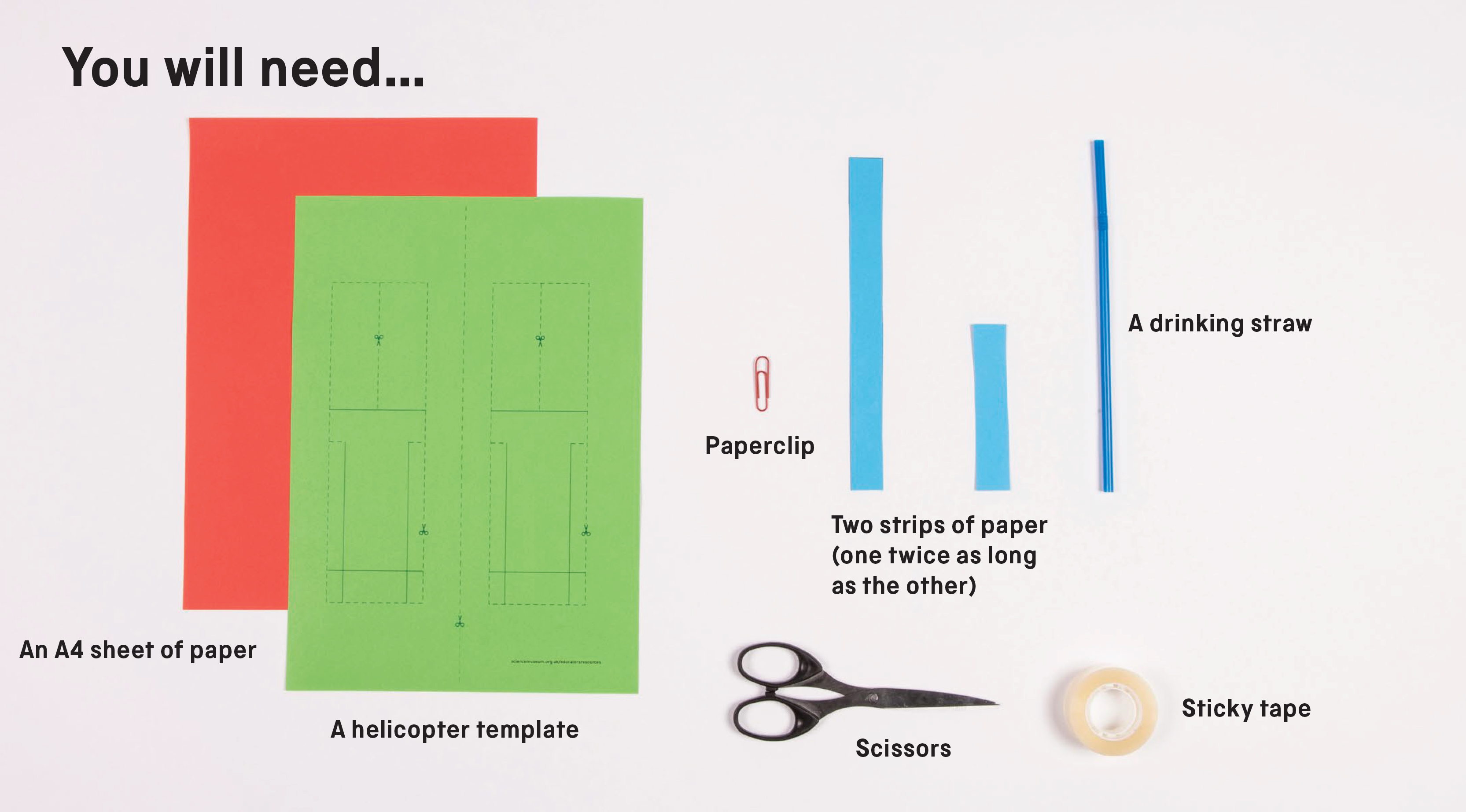
-
 Take the A4 sheetof paper. Fold it in half, as shown, then unfold it. After that, fold the two top corners in to make a point.
Take the A4 sheetof paper. Fold it in half, as shown, then unfold it. After that, fold the two top corners in to make a point. -
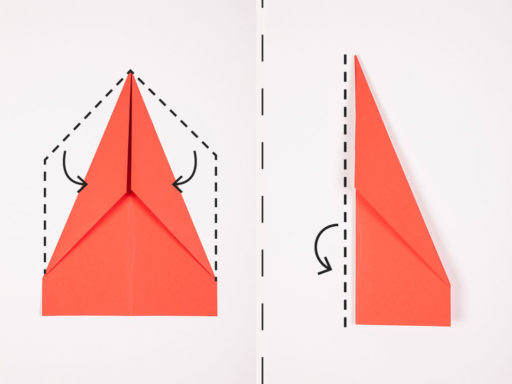 Now fold the edges in again so theymeet in the middle from the tip. Once that’s done, fold the plane in half again.
Now fold the edges in again so theymeet in the middle from the tip. Once that’s done, fold the plane in half again. -
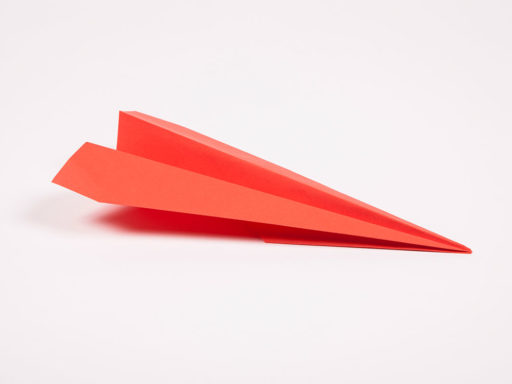 Now fold the diagonal edge down to meet the straight edge on each side, making the wings. Your plane is complete.
Now fold the diagonal edge down to meet the straight edge on each side, making the wings. Your plane is complete. -
 Test out your paper plane!
Test out your paper plane! -
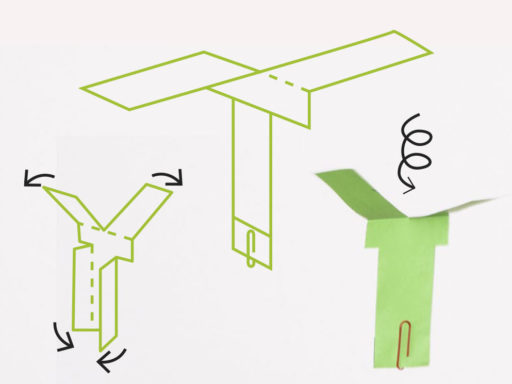 Use the template and the diagram to help you make a paper helicopter, and then drop it to see it spin.
Use the template and the diagram to help you make a paper helicopter, and then drop it to see it spin. -
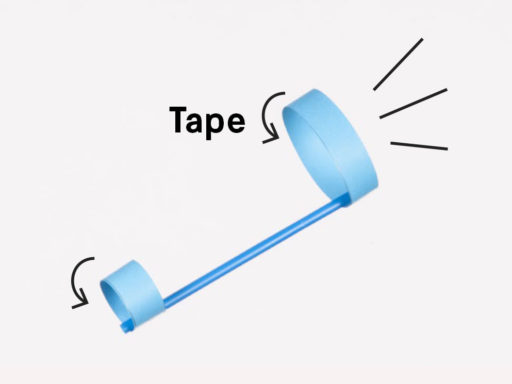 Curl the strips of paper into loops and tapethem to each end of a straw to make a glider.
Curl the strips of paper into loops and tapethem to each end of a straw to make a glider.
Think and talk about…
- Which design travels fastest and why do you think this is?
- Why do these designs behave differently to a scrunched-up piece of paper?
- How do your paper planes compare with the shapes of real planes you’ve seen?
Investigate…
Which way does the helicopter spin? Can you make it spin the other way?
What do you notice if you make the front of the plane heavier?
Make your own plane design and see if you can make it travel further than the others.
Did you know?
In December 2010 a paper aeroplane thrown by Takuo Toda in Hiroshima, Japan, stayed in the air for 29.2 seconds – a world record.
What’s the science?
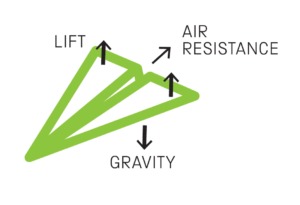 Gravity pulls everything downwards. But as they move towards the ground, the wings of the aeroplane, the wings of the glider and the blades of the helicopter create higher air pressure underneath than on top. This creates a lift force that counteracts some of gravity’s pull and makes them fall more slowly.
Gravity pulls everything downwards. But as they move towards the ground, the wings of the aeroplane, the wings of the glider and the blades of the helicopter create higher air pressure underneath than on top. This creates a lift force that counteracts some of gravity’s pull and makes them fall more slowly.
Moving through air also creates a kind of friction called air resistance, or ‘drag’, which tends to slow down anything moving through the air.
Science in your world
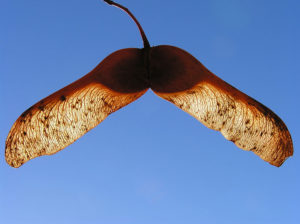 Real aircraft behave in very similar ways to your glider and paper plane – but they have powerful engines that keep pushing them through the air, so they stay up. Real helicopter blades are pushed around by powerful engines too.
Real aircraft behave in very similar ways to your glider and paper plane – but they have powerful engines that keep pushing them through the air, so they stay up. Real helicopter blades are pushed around by powerful engines too.
Look out for these designs in nature as well.
